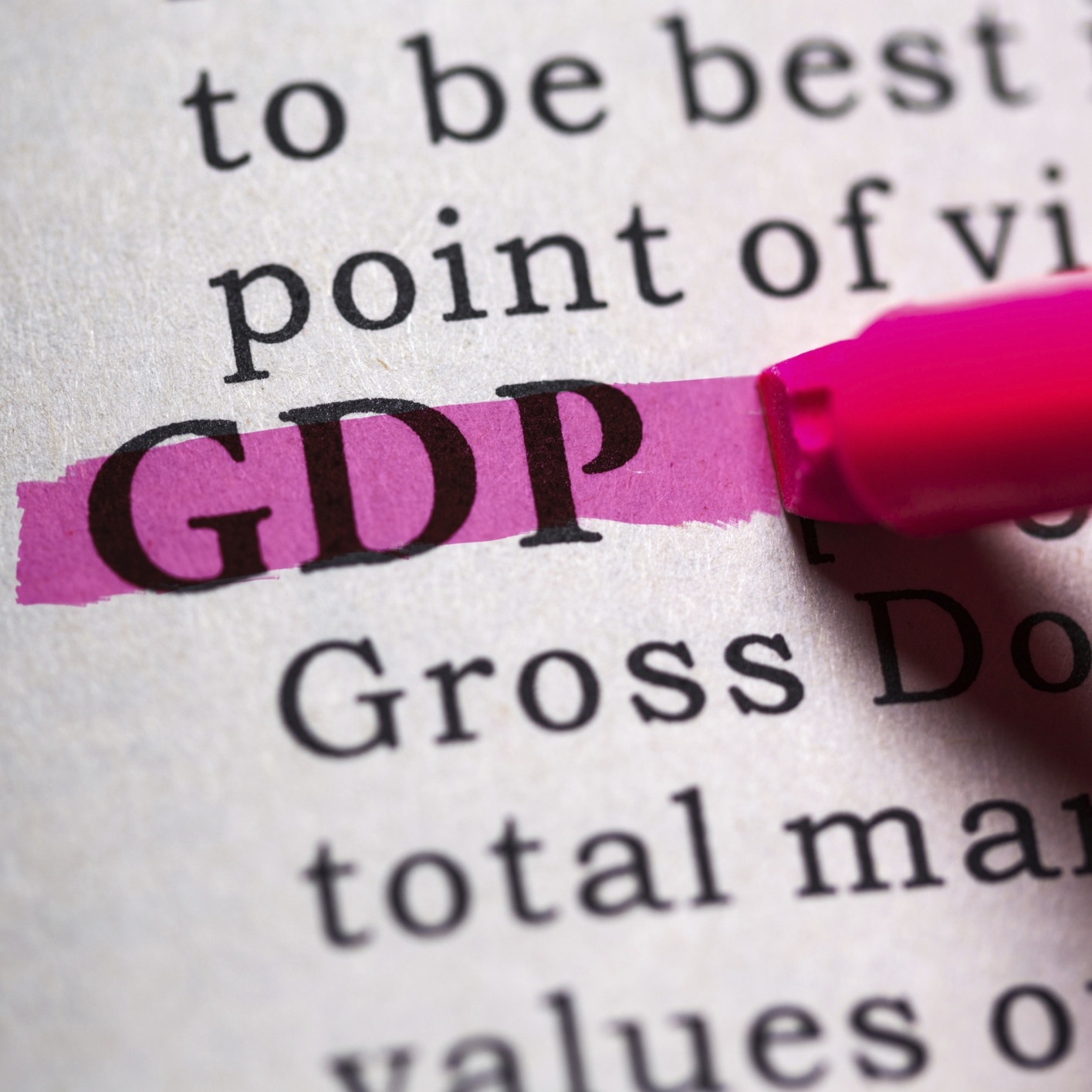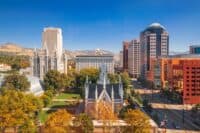
The U.S. Department of Commerce’s Bureau of Economic Analysis delivered disappointing growth estimates of gross domestic product (GDP) for the first quarter of 2017. Investors and economists know that this is just the first estimate and that there are two more revisions coming. They should also keep in mind that first-quarter GDP reports have had problems for years, regarding how the numbers are actually calculated and with some seasonal factors.
Real GDP increased at an annualized rate of just 0.7% in the first quarter of 2017. This is versus a 2.1% gain in the fourth quarter of 2016. A revision will not come until May 26, 2017.
Bloomberg was projecting a gain of 1.1% in first quarter GDP, and this 0.7% actual report was at the bottom of a 0.7% to 1.7% range in Bloomberg’s Econoday range.
What throws a bit of a curve ball here is that the GDP price index rose by 2.3%, higher than the 2.0% expected by Bloomberg. As a reminder, the Federal Reserve wants inflation at a 2.0% to 2.5% target range.
With close to two-thirds of GDP being around consumer spending, you can see where the lower than expected number came into play. Real consumer spending was up 0.3%, rather than the 0.7% gain Bloomberg had expected.
Some of the weaker growth in this first-quarter’s GDP report should have been anticipated. After all, the Commerce Department’s reading on durable goods for the month of March was released on Thursday. That was weaker than expected. Retail trade from earlier in the week also was not a good indicator for this GDP report.
One issue that might have been another guide for a weaker-than-expected GDP report was the Federal Reserve Bank of Atlanta’s GDPNow estimate. That was released on Thursday as well, and its latest forecast was even lower at 0.2%. This is still an outside view that has yet to be fully determined by the markets, but it is currently being used by some investors and economists as a directional bias for estimates rather than as a finite indicator. That GDPNow forecast noted:
The final GDPNow model forecast for real GDP growth (seasonally adjusted annual rate) in the first quarter of 2017 is 0.2 percent on April 27, down from 0.5 percent on April 18. The forecast of first-quarter real consumer spending growth fell from 0.3 percent to 0.1 percent after yesterday’s annual retail trade revision by the U.S. Census Bureau. The forecast of the contribution of inventory investment to first-quarter growth declined from -0.76 percentage points to -1.11 percentage points after this morning’s advance reports on durable manufacturing and wholesale and retail inventories from the Census Bureau. The forecast of real equipment investment growth increased from 5.5 percent to 6.6 percent after the durable manufacturing report and the incorporation of previously published data on light truck sales to businesses from the U.S. Bureau of Economic Analysis.
Economists and investors may discount this GDP reading due to the notion that corporate earnings are by and large looking pretty good for the first quarter. We have seen roughly half of the Dow and S&P 500 stocks report earnings, and they are generally beating expectations.
Then there is the Trump angle to consider. The proposals for pro-growth initiatives have yet to be implemented. Many Americans are split over whether these policies actually can ever get implemented, and by now we can all agree about how messy politics in Washington, D.C., is at this time. The administration has set a goal of 3% GDP. There is still a lot of time to get there, but a 0.7% nominal GDP report sure makes for a lot of ground that will need to be made up in the quarters ahead.
In early afternoon trading on Friday, the S&P 500 was down nearly 3 points at 2,385.85 and the DJIA was almost 20 points at 20,961.46.
The Average American Has No Idea How Much Money You Can Make Today (Sponsor)
The last few years made people forget how much banks and CD’s can pay. Meanwhile, interest rates have spiked and many can afford to pay you much more, but most are keeping yields low and hoping you won’t notice.
But there is good news. To win qualified customers, some accounts are paying almost 10x the national average! That’s an incredible way to keep your money safe and earn more at the same time. Our top pick for high yield savings accounts includes other benefits as well. You can earn up to 3.80% with a Checking & Savings Account today Sign up and get up to $300 with direct deposit. No account fees. FDIC Insured.
Click here to see how much more you could be earning on your savings today. It takes just a few minutes to open an account to make your money work for you.
Our top pick for high yield savings accounts includes other benefits as well. You can earn up to 4.00% with a Checking & Savings Account from Sofi. Sign up and get up to $300 with direct deposit. No account fees. FDIC Insured.
Thank you for reading! Have some feedback for us?
Contact the 24/7 Wall St. editorial team.
 24/7 Wall St.
24/7 Wall St.



